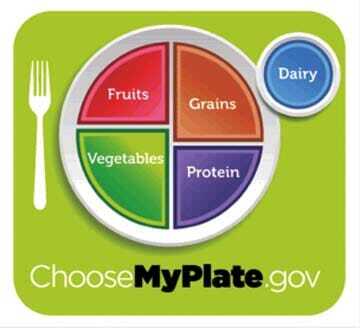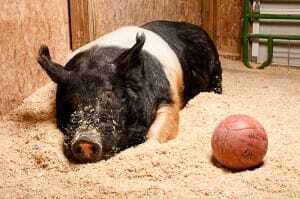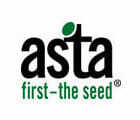 Tens of thousands of people from across Iowa, the Midwest, the United States and even foreign countries will make their way to Des Moines for the 158th annual Iowa State Fair. Some will go for the livestock shows while others will be more interested in the live concerts. Some love the Midway, while others will be sure to check out the 4-H Exhibits and the Varied Industries buildings.
Tens of thousands of people from across Iowa, the Midwest, the United States and even foreign countries will make their way to Des Moines for the 158th annual Iowa State Fair. Some will go for the livestock shows while others will be more interested in the live concerts. Some love the Midway, while others will be sure to check out the 4-H Exhibits and the Varied Industries buildings.
Regardless of their interests, there is one thing all fair-goers have in common… food!
 The Iowa State Fair plays hosts more than 200 food vendors each year. Every major livestock commodity group is represented, from the famous Hot Beef Sundaes at the Iowa Cattlemen’s Beef Quarters and Iowa chops at the Iowa Pork tent to whole-smoked turkey legs fresh off the big grill and burgers at the Lamb Stand.
The Iowa State Fair plays hosts more than 200 food vendors each year. Every major livestock commodity group is represented, from the famous Hot Beef Sundaes at the Iowa Cattlemen’s Beef Quarters and Iowa chops at the Iowa Pork tent to whole-smoked turkey legs fresh off the big grill and burgers at the Lamb Stand.
One of the more popular food trends at the State Fair is food on a stick. While surfing the Iowa State Fair website, I recently learned they have over 50 different foods served on a stick. I thought to myself, “I wonder if it’s possible to find three square meals (breakfast, dinner and supper) on a stick at the Iowa State Fair.” “Square meals” might be used a little loosely, but here’s the menu I came up with:
Breakfast
- Griddle Stick (sausage on a stick wrapped in a pancake)
- Fruit on a Stick with Yogurt Dipping Sauce – NEW for 2012!
Lunch
- Turkey Drumstick
- Corn on the Cob
- And for dessert, deep fried butter on a stick. (Just kidding! I’m not brave enough to go there, but I hear it’s actually pretty good.)
Supper
- Salad on a Stick
- Porkchop on a Stick
- Carmel Apple on a Stick or Chocolate-Covered Deep-Fried Cheesecake on a Stick for dessert
While I have my favorite “must-have” foods at the Iowa State Fair, I’m always curious about the newest “on-a-stick” trend to debut each year and where to find them on the grounds. Now, iPhone users can download the Iowa State Fair Food Finder application.
This app allows users to see where various food booths are located, look up nutrition facts and photos plus calculate how long it will take you to walk off those calories! Another great feature is the events calendar that details what’s going on at the fair each day. Looking for a more healthy food option? The app can do that too!
and photos plus calculate how long it will take you to walk off those calories! Another great feature is the events calendar that details what’s going on at the fair each day. Looking for a more healthy food option? The app can do that too!
So now the burning question, what are your foods of choice at the Iowa State Fair?






























